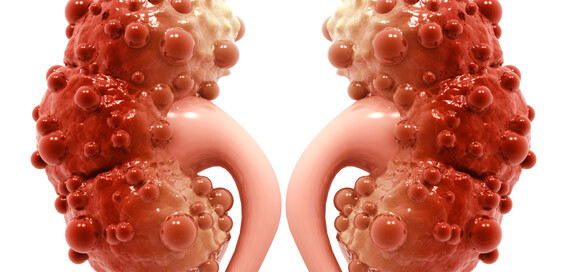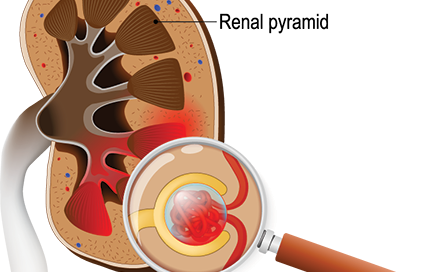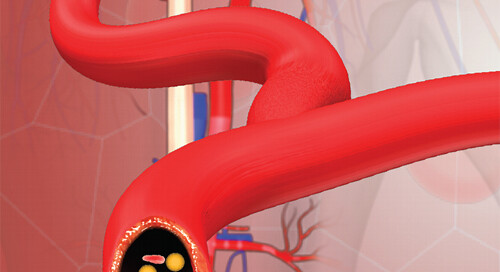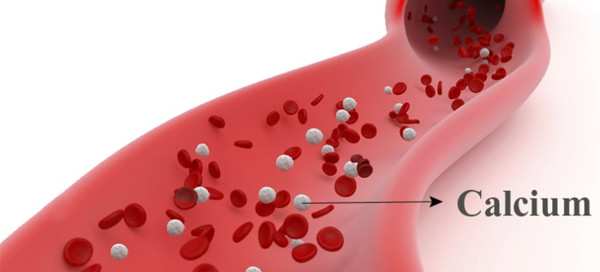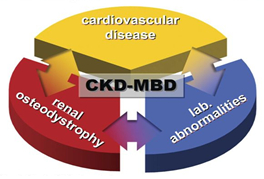Approach to Evaluation of Renal Cysts
Kidney cysts are commonly found on imaging and are a common cause of anxiety for patients. This overview will provide context with the aim of being able to minimize patient anxiety, avoid unnecessary referrals and triage patients for appropriate referral to nephrology or urology. The main question to ask yourself when a kidney

